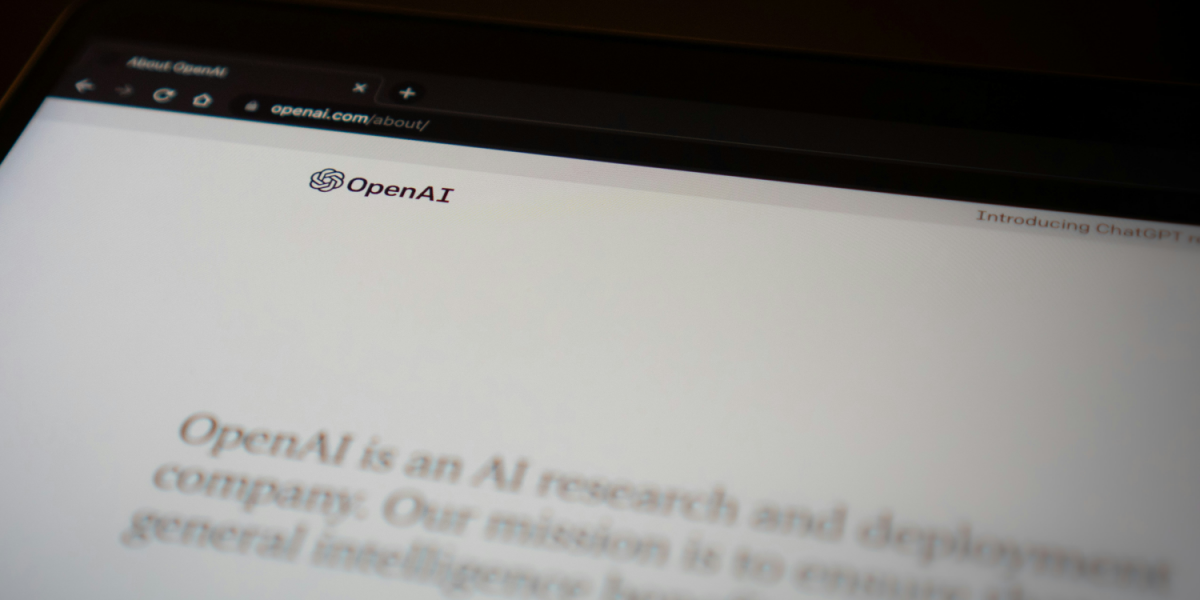Machine learning model training is often seen as a complex and mysterious process, leading to plenty of misunderstandings. While the field continues to grow, many people still believe common myths that can steer them in the wrong direction. This article will clear up five key misconceptions about machine learning model training.
More Data Always Leads to Better Models
While having more data can improve accuracy, it’s not always the case. In terms of importance, quality is on par with quantity. This can cause the model to become confused and result in a decrease in its performance if the data is noisy, irrelevant, or unbalanced.
There are times when it is more efficient to clean and refine the data rather than simply increasing the size of the dataset. Additionally, larger datasets require more computational resources, which can slow down training times.
Complex Models Are Always Better
In spite of the fact that complex models are able to handle more intricate patterns, they are also more likely to overfit. Overfitting happens when the model learns the training data too well, including noise and errors, which makes it less accurate on new, unseen data.
Especially in situations where the problem does not require complex relationships, simpler models can sometimes perform better than more complex ones. It’s important to find the right balance between simplicity and complexity for your specific task.
Once Trained, a Model Doesn’t Need Adjustments
Some people believe that once a model is trained, it’s finished and doesn’t need further adjustments. However, models often need to be retrained or adjusted over time to maintain or improve their performance.
As new data becomes available or the environment changes, the model may become less accurate. Regular updates or fine-tuning are essential to keep the model relevant and effective.
More Features Make the Model More Accurate
It is a widely held belief that increasing the number of features in a model will invariably end up making it more accurate. Including features that are not relevant or that are redundant, on the other hand, can cause the model to become confused and reduce its performance.
It’s more effective to select relevant features that truly help the model learn the right patterns. Too many features can also increase the complexity of the model, making it harder to interpret and more prone to overfitting.
Training Data and Test Data Should Be Similar in Every Way
While it’s important that they come from the same general distribution, they don’t have to be exactly the same. In fact, test data should represent real-world scenarios and contain some differences from the training data. As a result, the model is able to generalize well to data that it has not previously encountered.
Stay Updated with ML Trends
By understanding and overcoming common misconceptions, you can make more effective decisions and drive better outcomes in your ML projects. Keep exploring, learning, and adapting to ensure you’re always using advanced and accurate techniques in your work!
Published by Liana P.


















